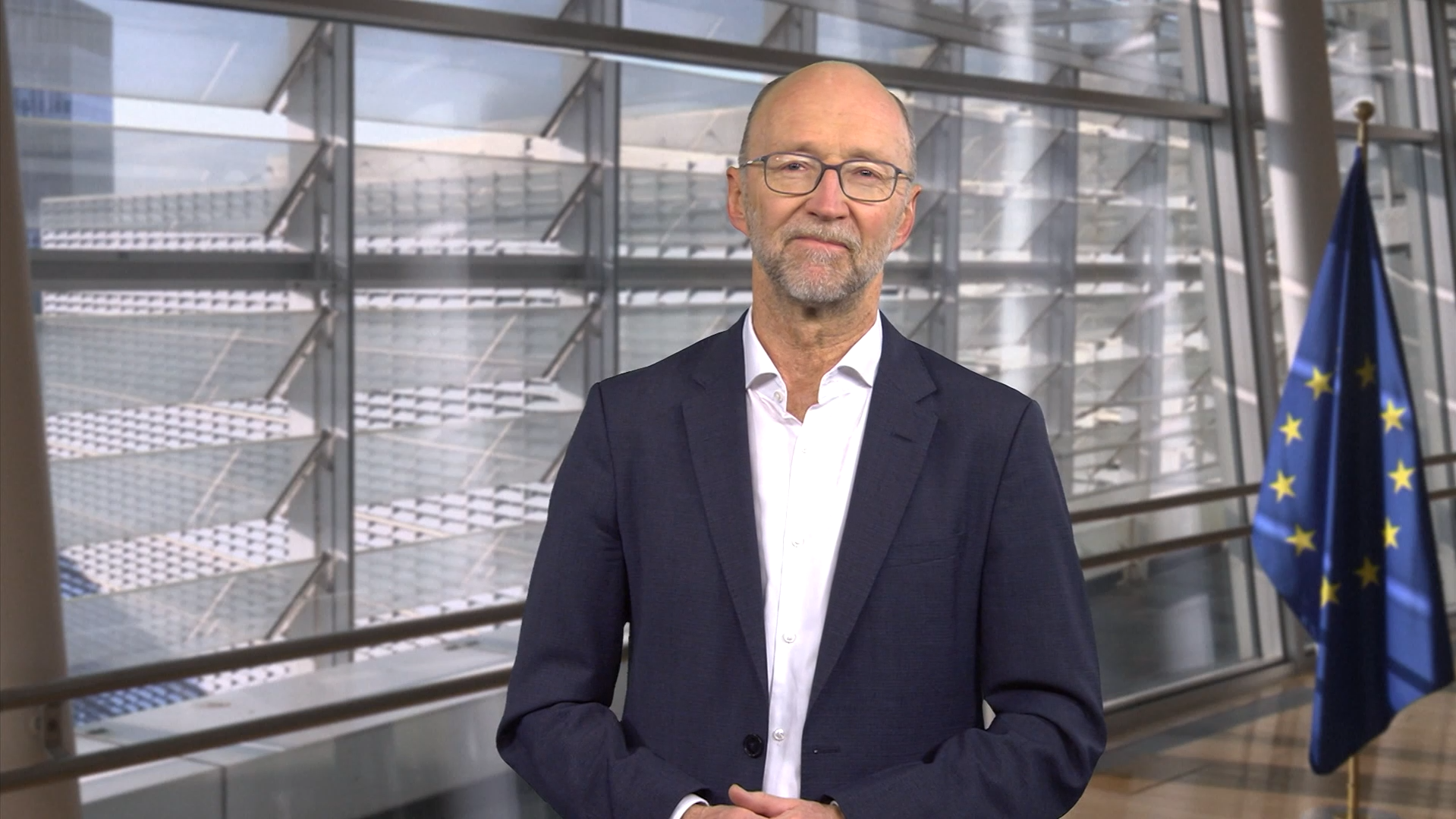We read about the housing crisis in major cities worldwide on a daily basis. In the UK alone 420,000 new homes are needed annually to meet demand, but construction is unable to keep up, with the population expected to increase by 10% between now and 2036. Amongst this, the plight of students is often overlooked, with the UK deficit of over 350,000 purpose-built student beds highlighting the magnitude of the problem. This lack of availability isn’t confined to the UK, with a current shortage of 3 million beds across Europe and the impact on both the student experience and affordability being felt the world over.
The shortage of PBSA stems from growing numbers of school leavers, higher university participation rates, and an influx of international students, all of which creates high demand in specific locations. As a result, students are being forced to live further from their place of study, we have seen Manchester University students housed in Liverpool, and University of the West of England students in Newport, Wales.
The problem is set to get worse, as the undersupply of accommodation will inevitably lead to an increase in prices, potentially limiting student choice and access to higher education. Despite these challenges, it is critical to support local students while not driving away international students, who contribute over £40 billion annually to the UK economy.
The only solution to the availability problem is to build more student housing, which in turn will improve affordability. Our research has shown that cities where PBSA supply increased from accommodating 40% to mid-50s% of the student population saw average rental growth of 2% annually, compared to 5-6% in areas with limited supply growth.
There are multiple factors causing this supply crunch, but policies designed to protect students often have unintended consequences, making it more difficult to increase PBSA supply. These include requirements for ‘affordable’ accommodation (which often increases the prices of open market beds) and taxation changes that have disadvantaged owners, coupled with other factors such as land scarcity and increased construction costs, all of which make new development less attractive.
With PBSA facing a unique set of challenges, government and policymakers must support the private sector. For example, allocating land specifically for student housing, zoning sites near universities and allowing more change of use applications (for example by converting offices) are crucial steps, as planning is the most effective way to increase supply.
Moreover, at times of constrained university budgets, there needs to be more collaboration with the private sector, which can bring its significant development and operational expertise, while allowing universities to retain some oversight of projects.
Supporting innovative design to encourage higher density development is also key. Relaxing space requirements can have a significant impact, as students are often willing to swap square footage for well-designed and keenly priced accommodation. We’ve seen this in several of our global markets, most notably Tokyo, where space is at a significant premium.
Incentivising the PBSA sector will attract more investment, in turn increasing supply at a range of price points. The opportunity is huge, with JLL predicting that €450 billion of investment is required to meet current levels of demand across major European markets. If we can do this, the impact on both availability and affordability will be significant, with real benefits for students, universities and the wider housing market.





